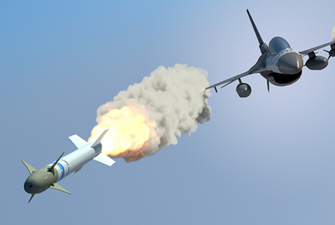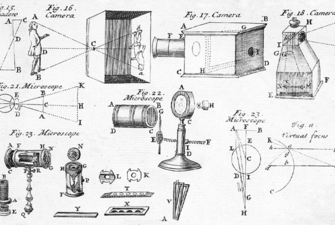
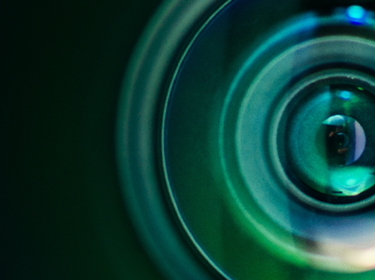
All image processing in our cameras uses specific and custom logic, FPGAs, and ASIC design that delivers extremely low latency. High dynamic range (HDR) and wide dynamic range (WDR) imaging technologies continuously adjust to changing light situations and increase image accuracy by removing over- and under-saturated artifacts in each frame. Auto-exposure and auto-white balancing capabilities ensure seamless, perfect color balancing.
Simplify image transmission, storage & viewing with rugged, easy-to-integrate camera systems
It can be difficult to find camera systems that are rugged enough for applications like airborne separation, flight test instrumentation (FTI), monitoring cargo deployment, space vehicles, and ground vehicle situational awareness. Our broad portfolio of highly rugged, field-proven camera and video acquisition solutions efficiently and reliably capture, convert, route, transmit, record, and display images. They can be easily combined into a fully integrated and synchronized system that supports dozens of video sources and delivers industry-leading low latency.
All image processing in our cameras uses specific and custom logic, FPGAs, and ASIC design that delivers extremely low latency. High dynamic range (HDR) and wide dynamic range (WDR) imaging technologies continuously adjust to changing light situations and increase image accuracy by removing over- and under-saturated artifacts in each frame. Auto-exposure and auto-white balancing capabilities ensure seamless, perfect color balancing.
Cameras & Accessories
| Product Image | Product Name | Product type | Description | Dimensions (W x H x L) | Mass | Data Sheet |
|---|---|---|---|---|---|---|
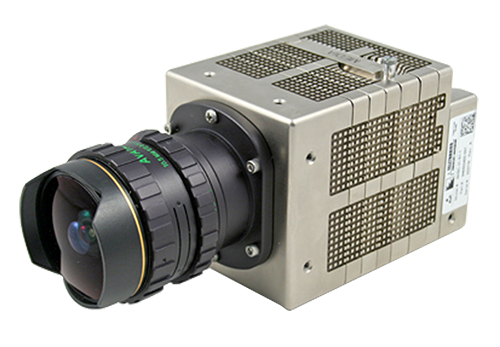 |
TTC nHSC-31-S | High-speed camera | Network High-Speed Camera, Optional Built-in Recorder | 3.4 x 3.6 x 5.2”, 86 x 92 x 131 mm | 1.4 kg, 3.1 lb | |
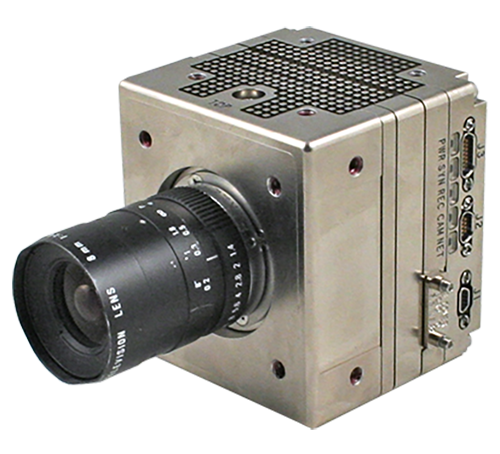 |
TTC nHSC-36-S1(M)-1 | High-speed camera | Network-Based High-Speed Camera | 3.1 x 3.4 x 2.9”, 79 x 87 x 73 mm | 1.2 kg, 2.6 lb | |
 |
TTC HDC-350-1 | HD camera | Global Shutter High Definition Camera | 1.5" x1.5" x 2.4", 37 x 37 x 62 mm | 0.1 kg, 0.2 lb | |
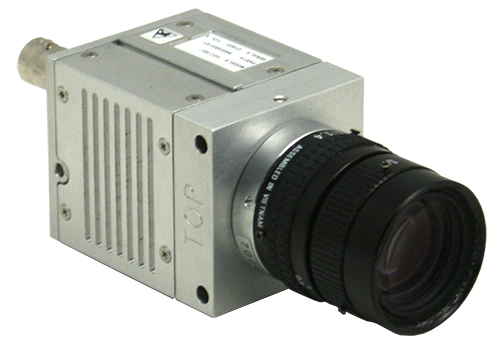 |
TTC HDC-330 | HD camera | Airborne High Definition Camera | 1.5 x 1.5 x 1.9”, 38 x 38 x 48 mm | 0.14 kg, 0.3 lb | |
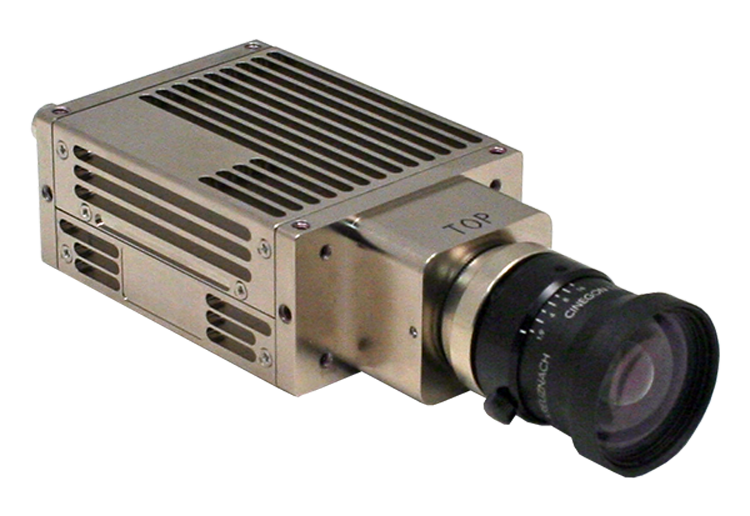 |
TTC HDC-430-1 | HD camera | Airborne High Definition IP Ethernet Camera | 2.62 x 1.50 x 4.36", 66.7 x 38.1 x 110.7 mm | 0.15 kg, 0.3 lb | |
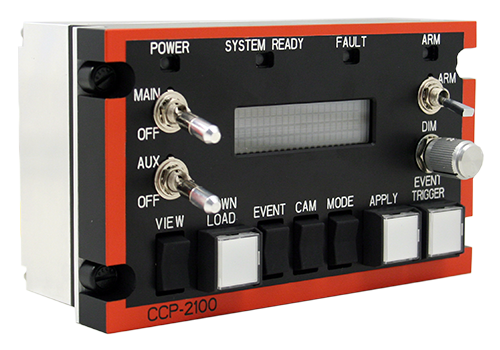 |
TTC CCP-2100 | Camera accessory | High-speed Camera Controller | 3.4 x 5.8 x 2.7”, 85.7 x 146 x 68 mm | 0.94 kg, 2.0 lb | |
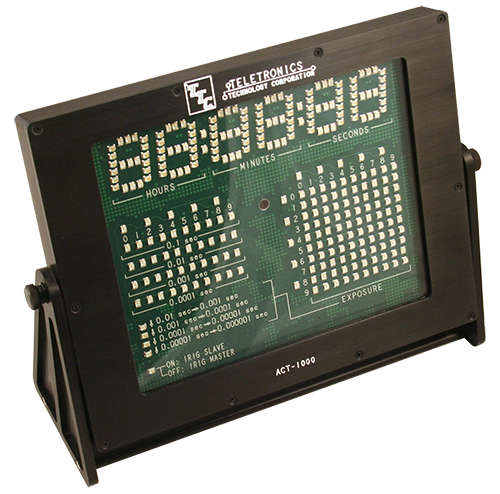 |
TTC ACT-1000-1 | Camera accessory | Stand Alone Active Camera Target | 229 x 178 x 24 mm, 9 x 7 x 1.0” | 1.1 kg, 2.4 lb | |
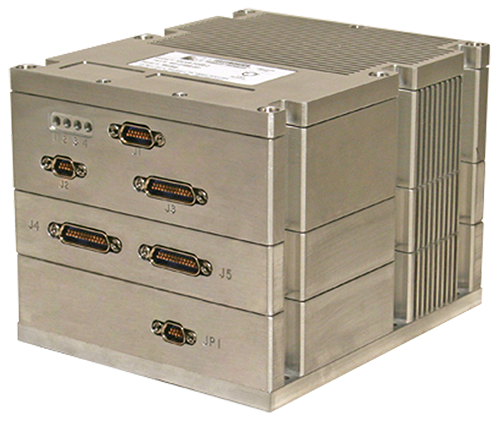 |
TTC nMGR-2000 | Camera accessory | Network Camera Manager | 105 x 127 x 88 mm, 4.1 x 5.0 x 3.5” | 1.5 kg, 3.4 lb |
Ruggedized Camera and Imaging Solutions for Aerospace Applications Brochure
Camera and imaging solutions are needed in a variety of defense and aerospace applications, such as airborne separation, flight test instrumentation, monitoring cargo deployment, space vehicles, and enhancing situational awareness. Read our brochure to discover our solutions.
Organization successfully verifies object trajectory using high-speed cameras
An organization needed accurate data to confirm the position and velocity of objects during store separation testing. Validation of prediction techniques (such as wind tunnel and mathematical modeling) was required to complete Flight Test Instrumentation (FTI) studies. The speed at which the events would happen made it necessary to use a high-speed imagery solution. A high-speed camera network was successfully installed that coherently gathered the required data. Read about the solution Curtiss-Wright developed and the results achieved in our case study.
Flight Test Instrumentation Imaging Fundamentals
Aerospace environments are some of the most challenging settings to capture the required images. Aside from the demanding environment, lighting conditions can change rapidly and dramatically as airborne vehicles change their heading and altitude. To make the optimal decisions for each FTI imaging application, everyone responsible for acquiring imaging technologies and setting up the equipment must understand basic optics, camera functionality, and lighting concepts as well as the relationships among them. This white paper presents an overview of these concepts to help flight test engineers make informed decisions.
